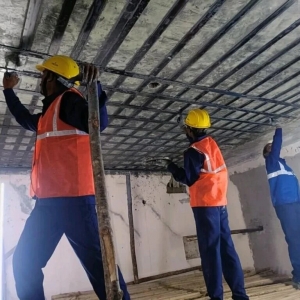A shaking incubator is a vital piece of equipment in many life science and research laboratories, especially where temperature-controlled shaking is required for cell culture, microbial growth, solubility studies, or biochemical reactions. Choosing the right shaking incubator involves a balance of several technical, operational, and budgetary considerations. Here's a comprehensive guide to help researchers and lab managers make informed decisions when selecting the right shaking incubator for their specific applications.

1. Understand the Application Requirements
The first and most important step is to define the intended use. Applications such as bacterial or yeast culture, cell expression, or protein purification often require specific temperature ranges, agitation speeds, and platform compatibility. Some applications may also demand CO₂ or humidity control, especially when dealing with mammalian cell cultures.
2. Temperature Control and Range
The temperature range of the incubator is a critical factor. Most general-purpose shaking incubators offer a range from ambient +5°C up to 60°C or more. For experiments requiring sub-ambient conditions, models with refrigeration (cooling capability) are necessary. Ensure the incubator provides stable and uniform temperature distribution throughout the chamber to ensure reproducibility.
3. Shaking Speed and Motion Type
Different organisms and experimental protocols require specific shaking motions and speeds:
Vertical shaking incubator is the most common, ideal for microbial growth.

Reciprocating (linear) shaking is suitable for certain chemical mixing or solubility experiments.
Look for a speed range (e.g., 30–300 RPM) that accommodates your needs, and ensure the shaker provides consistent motion even under full load.
4. Capacity and Platform Flexibility
Evaluate the platform size and the types of flask clamps, tube racks, or culture trays that can be supported. Consider:
Platform dimensions and load capacity.
Multiple tiers or stackable designs to optimize space.
Compatibility with various vessels (e.g., Erlenmeyer flasks, culture plates).
5. Control System and Programmability
Modern shaking incubators offer digital controllers that allow precise programming of temperature, speed, and time:
Choose models with touchscreen interfaces or remote monitoring for enhanced usability.
Programmable cycles are valuable for complex protocols that require variable shaking speeds or temperatures over time.
6. CO₂ and Humidity Control (if applicable)
For cell culture applications, CO₂ control is essential to maintain physiological pH in culture media. Likewise, a humidity control system helps reduce evaporation and maintain culture viability. Select models that provide reliable gas and humidity regulation if your application requires it.
7. Noise, Vibration, and Maintenance
Laboratories value equipment that operates quietly and with minimal vibration, especially in shared workspaces or where sensitive experiments are conducted. Also, ensure the incubator is easy to clean, with accessible interiors and corrosion-resistant materials like stainless steel.
8. Safety Features and Compliance
Look for models with:
Over-temperature protection.
Door alarms or lid-lock mechanisms.
Certifications such as CE, UL, or ISO compliance to ensure quality and safety standards.
9. Budget and Warranty Considerations
While high-end models offer advanced features, they come at a premium. Balance your needs with your available budget. Also, check for:
Warranty length and after-sales support.
Availability of replacement parts and service.

Summary
Selecting the right shaking incubator involves more than picking a model off a catalog. It requires careful consideration of the specific research needs, technical specifications, and operational efficiency. By evaluating these factors thoughtfully, laboratories can invest in equipment that supports high-quality, reproducible results and long-term reliability.
A well-chosen shaking incubator not only streamlines experimental workflows but also contributes significantly to the overall productivity and success of laboratory operations.






